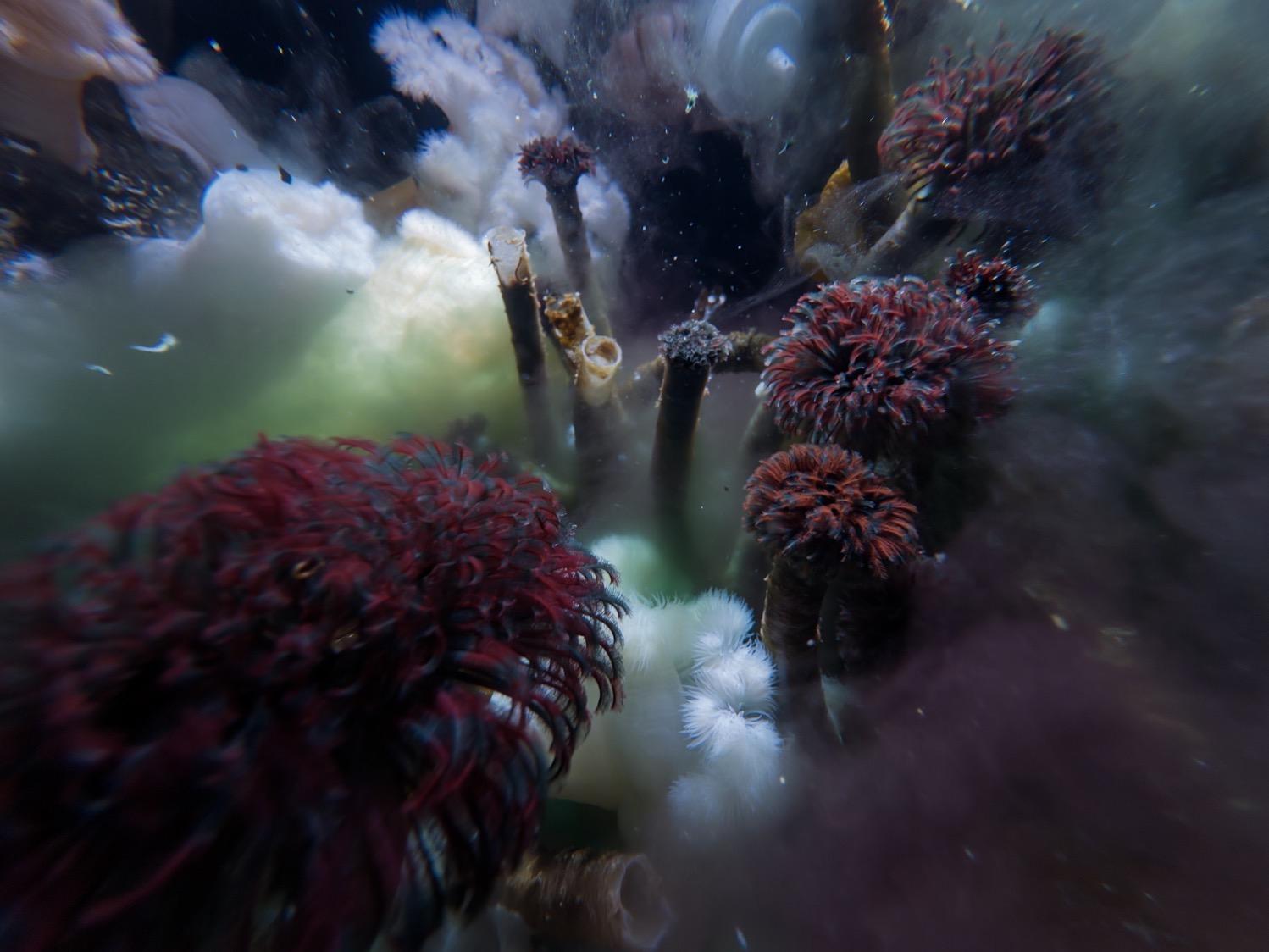About a week and a half again, as I try to get back on a regular schedule after wrapping up Worldcon. And even this is getting posted a day late and backdated, because I had some Worldcon work come up yesterday evening that I had to pay attention to. Even when Worldcon is done, Worldcon isn’t done….
The past week really was about just getting back into the regular routine after vacation. Work was busy but uneventful, and at home, we were just relaxing and trying to stay as cool as we could during a late summer heat wave.
We did spend a day at the Point Defiance Zoo this past Sunday, which is always a fun thing to do, especially when they have a lot of new youngsters to see!
📸 Photos




📝 Writing
An actual blog post this week: Google Docs Adds PDF Accessibility Tagging.
I don’t know exactly when this happened, but at some point in the not-too-distant past, Google Docs has started including accessibility tags in downloaded PDFs. And while not perfect, they don’t suck!
📚 Reading
Got through a few books, making up for the lack of reading during Worldcon.
- Clarkesworld Issue 226 edited by Neil Clarke
-
Clarkesworld Issue 227 edited by Neil Clarke
-
Star Trek: Lower Decks: Warp Your Own Way by Ryan North and Chris Fenoglio
-
Billions vs. Billionaires edited by Nick Mamatas
-
120 Murders: Dark Fiction Inspired by the Alternative Era edited by Nick Mamatas
🔗 Linking
This week’s link list includes some that I found during Worldcon week, but as I didn’t include a link list there, they get rolled into this week’s post.
-
Matt Wedel at Sauropod Vertebra Picture of the Week: Review: Dougal Dixon’s The New Dinosaurs, 2025 edition: “The New Dinosaurs is a stone classic, one of the foundational documents of speculative evolution, and almost four decades on it still has the power to delight, astonish, and provoke.”
-
Open Culture: Archaeologists Discover a 2,400-Year-Old Skeleton Mosaic That Urges People to “Be Cheerful and Live Your Life”
-
How to Leave Substack: “You Should Probably Leave Substack. Unfortunately, Substack willingly platforms, and allows bad actors to monetize, hate speech and misinformation.”
-
Mike Glyer at File 770: Ben Jason and the Early History of the Hugo Rocket
-
Mike Montiero: How to not build the Torment Nexus: “You cannot keep your soul intact while building the Torment Nexus. The Torment Nexus is, by definition, a machine that brings torment onto others. It destroys souls. And a soul cannot take a soul and remain whole. It will leave a mark. A memory. A scar.”
-
John Scalzi: Poking the Discourse Bear Re: “Classic” Science Fiction: “I’m 56 now, and if you’re recommending the same science fiction books to a ten-year-old today that would have been recommended to me when I was a ten-year-old — and were old and kinda dated even then — I think you should seriously reconsider recommending science fiction books to young readers.”
-
Tactile Maps Automated Production (TMAP): “TMAP is a screen reader-friendly tool for creating tactile street maps. Map files can be visually previewed, downloaded or emailed, then are ready to emboss.”
-
Olav Rokne and Amanda Wakaruk at the Unofficial Hugo Book Club Blog: Hot Take: The Abstraction of Science Fiction: “The impact of technological changes on the consumption of speculative fiction should not be understated. We think its impacts have brought a broader public under the wing of fandom, prompting inevitable and uncomfortable splits within the subculture. Much as technological advances in the early 20th Century inspired a reactionary movement among painters and labour writ large, similar technological advances in the past 30 years have been at play in the formation of a reactionary movement amongst some groups of speculative fiction creators.”
-
Joshua Barnes at the Sydney Review of Books: Just a Little Longer: “Why did books start being divided into chapters? Joshua Barnes reviews Nicholas Dames’ history of literary segmentation, a study that slices through and pauses over what chapters have always told us about the times we live in.”
-
Contrast Grid: Creates a color grid with contrast ratios based on colors you input.
